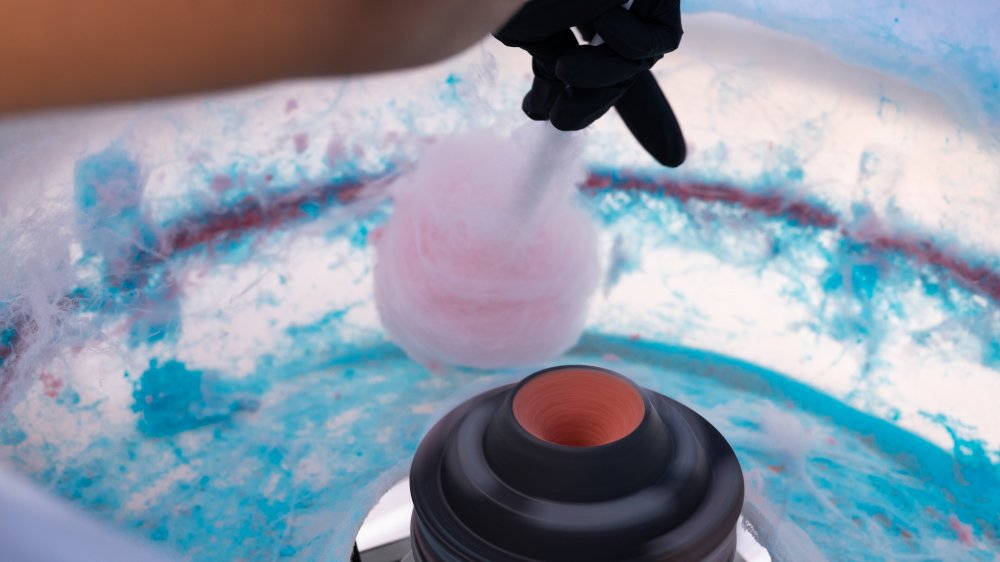Candy Floss: A Candy made from Spun Sugar


Origin and use
Sweets made from spun sugar have been around for centuries, but production of spun sugar is a long and expensive process, so only the very wealthy can afford these sweets. It wasn’t until the late 19th century that people could make cotton candy cheaply and easily.
The word candy floss comes from the 1950s and is probably derived from the Sanskrit word “khanda” which means lump of sugar. Floss is a word of indeterminate origin possibly derived from the latin word “flocus” which means woolen bun.
Definition
A sweet candy consisting of very thin strands of sugar wrapped around a stick. The American name for it is cotton candy.

How its made
Cotton candy is made by spinning sugar in a machine until fine strands are formed, which are wound around a sheet of paper or a wooden stick to form a large and light mass of sugar. Sometimes a flavoring or coloring agent is added to it. That machine is called the “Candy floss machine”. William James Morrison, a dentist and inventor from Nashville, Tennessee, is widely credited with the invention of the first cotton candy machine.
In 1897, he and his friend, pastry chef John C. Wharton, jointly built a machine that melted sugar in a rotating central chamber and then used air to force the sugar to melt. through the rope. Sift through the surrounding metal bowl to create the spider web-like sweet we all know so well. The first candy floss made in this manner was offered at the St. Louis World’s Fair in 1904. People at the fair cherished the candy deal and candy floss quickly became an exceedingly famous confection. Many cultures all over the world have confections much like candy floss, including Pismaniye in Turkey, Sohan Papdi in India, Dragon’s-beard sweet in China and Kkul-tarae in Korea.
To learn more visit us here.




